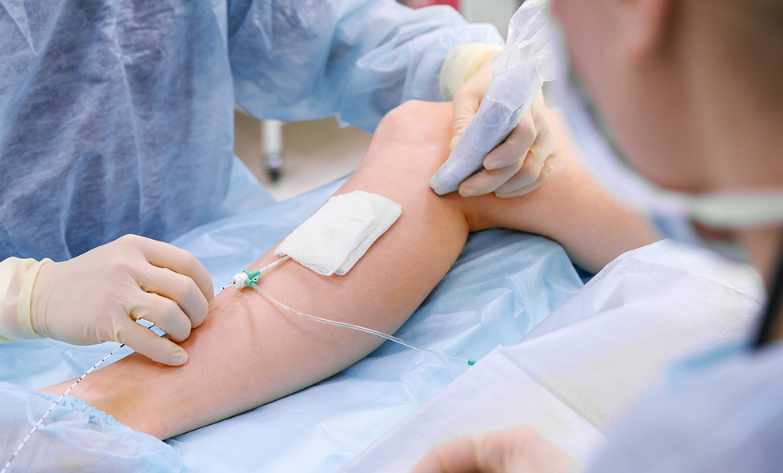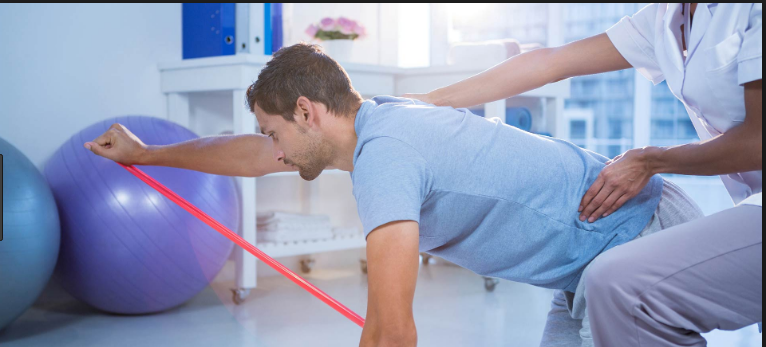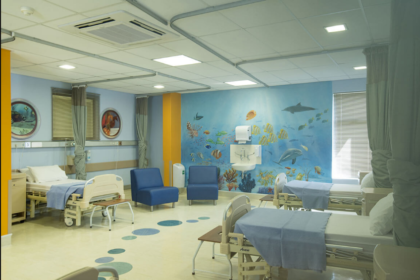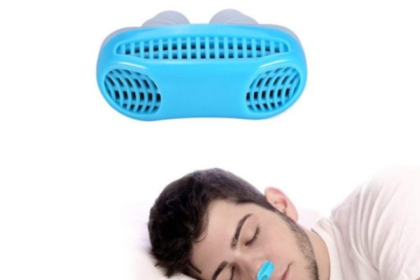Varicose veins can be more than a cosmetic concern; for many, they’re a source of discomfort, pain, and self-consciousness. Thankfully, advancements in medical technology have led to endovenous vein treatments, offering patients life-changing relief with minimally invasive procedures. This blog post will explore some of the most effective high-impact varicose vein treatments, and how they can improve both your physical and emotional well-being.
Understanding Endovenous Vein Treatments
What exactly are endovenous vein treatments? They are procedures that address varicose veins from within the veins themselves. This method offers significant advantages over traditional vein stripping, including minimal scarring, shorter recovery times, and less post-procedure discomfort.
Benefits of Endovenous Vein Treatments
The benefits of varicose vein treatments are manifold and can be felt across multiple aspects of a patient’s life:
- Reduced Pain: Patients often experience a significant reduction in the discomfort associated with varicose veins after treatment.
- Improved Circulation: These treatments can help to improve blood flow by closing off veins that are functioning poorly.
- Aesthetic Enhancement: Many patients find an improvement in the appearance of their legs as bulging veins recede.
- Quicker Recovery: Compared to conventional surgery, endovenous treatments typically have much shorter recovery periods.
- Increase in Mobility: With the alleviation of pain and discomfort, patients may find it easier to stay active and mobile.
- Enhanced Quality of Life: Overall, the improvements in physical appearance and reduction in pain contribute to a better quality of life.
- Low Risk of Complications: Endovenous vein treatments have a lower risk of complications than traditional vein surgery.
Different Types of Endovenous Vein Treatments
- Endovenous Laser Treatment (EVLT): EVLT uses targeted laser energy to close off varicose veins, causing them to shrink and eventually be absorbed by the body.
- Radiofrequency Ablation (RFA): This technique employs radiofrequency waves to generate heat, which then seals the affected veins.
- Ultrasound-Guided Foam Sclerotherapy (UGFS): A foam sclerosant is injected into the vein under ultrasound guidance, leading to the vein’s closure.
- Mechanochemical Ablation (MOCA): A combination of mechanical and chemical processes induced by a special infusion catheter to close the vein.
- Venaseal: A medical adhesive is used to close off varicose veins, which is a non-thermal, non-tumescent, and non-sclerosant type of treatment that eliminates the need for anesthesia or compression stockings post-treatment.
- Phlebectomy: This minor surgical procedure removes varicose veins through small punctures that typically leave no scars.
Conclusion
In conclusion, the evolution of endovenous vein treatments has revolutionized the management of varicose veins, offering patients effective and safe alternatives to traditional surgical procedures. These innovative methods not only relieve symptoms but also provide cosmetic benefits, enhancing the overall quality of life for those affected. Patients need to consult with a qualified healthcare professional to determine the most suitable varicose vein treatment option for their unique condition. With the right approach, vein health can be restored, allowing patients to enjoy the comfort and confidence that comes with improved vascular function.




